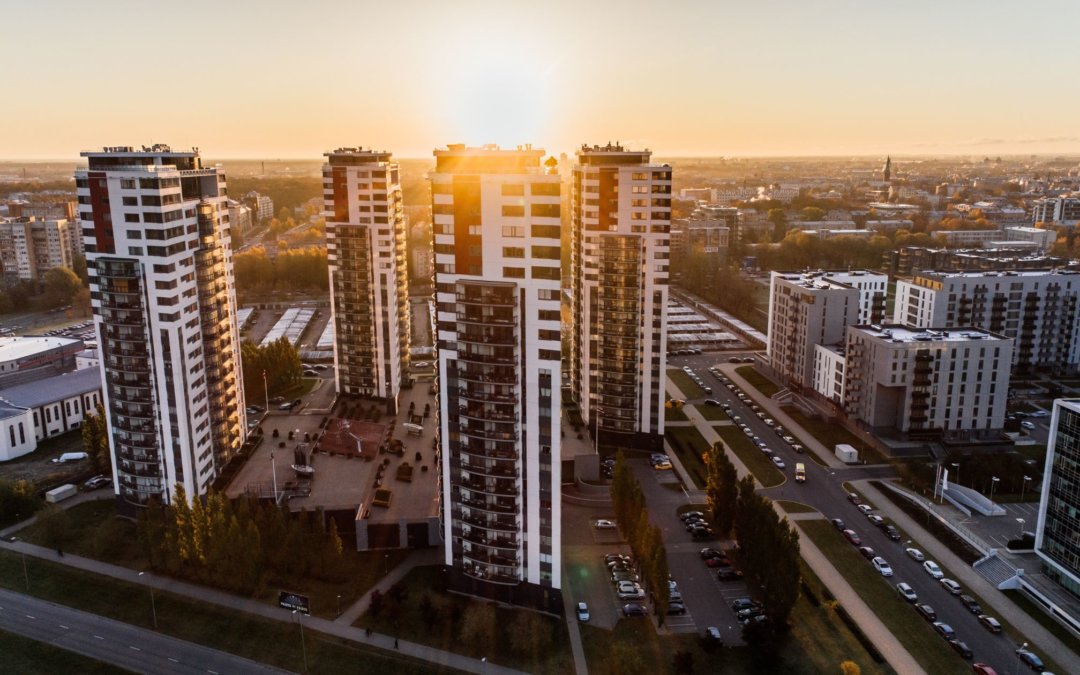A residential building developed with numerous apartments by design is referred to as multifamily housing. Although the U.S. Census Bureau specifies multifamily housing as having five or more units, properties are generally referred to as multifamily with any above two.
The concept of multifamily real estate is a phenomenon that has been around for a while. In the nineteenth century, America’s industrialization phase pushed people toward cities. As a result, there was an increased need for inexpensive accommodation for the surplus of factory workers. Former single-family residences were repurposed. After being split into smaller units, they were sold to the underprivileged working class whose only other housing options were self-built shanties. In the meantime, the wealthy constructed single-family homes.
Tenements were built to shelter the growing number of low-income individuals when the demand for housing exceeded the availability. In New York, the Manhattan grid permitted lot sizes of 25 feet by 100 feet, and tenements typically occupied around 90% of these lots. This left little room for greenery, air shafts, or natural light. The unregulated overcrowding encouraged sickness and horrible living conditions, eventually attracting reformers’ attention.
The purpose-built multifamily housing as we know it today is vastly different. Over the last several years, the multifamily sector has seen rapid expansion. Multifamily buildings are in high demand in the U.S., given the rising demand from investors, renters, and homeowners and the new legislation established to encourage affordable housing.
The population’s living standards have steadily increased over the past few decades. Modern-day units boast superior construction quality, advantageous locations, and build efficiency. An increasing number of people choose to relocate rather than stay in older apartment buildings.
The phrase multifamily market refers to the residential real estate sector, which includes both rental and for-sale apartment buildings. Compared to other real estate types, the multifamily industry has various advantages for investors, tenants, and even homebuyers.
With more than 600 million people living in apartments, the multifamily market is one of the world’s most significant real estate sectors. This asset class includes about 170 million homes and 800,000 apartment buildings in the United States alone. Given the strong demand and the expanding population, the multifamily market is anticipated to expand dramatically over the following years.
Due to this industry’s fast expansion, more and more individuals are investing in it, and more renters and purchasers are selecting multifamily properties. In addition, with more young people entering the market, both the supply and demand of multifamily housing are anticipated to rise. In light of this, multifamily homes or complexes are among the finest investments for anybody hoping to profit from the market’s growing demand. Multifamily properties also provide a high rate of return due to their high rental yield.

